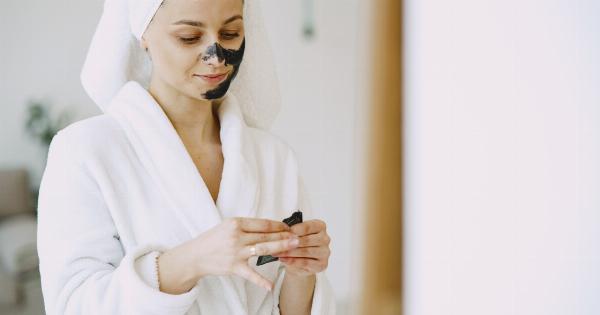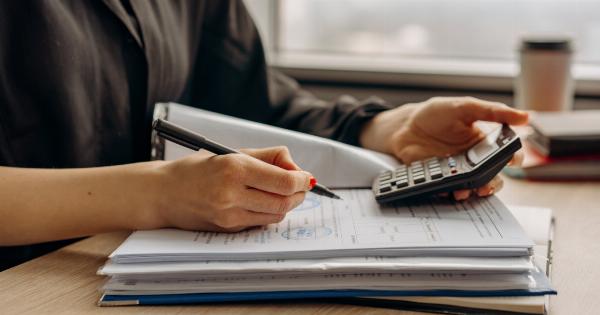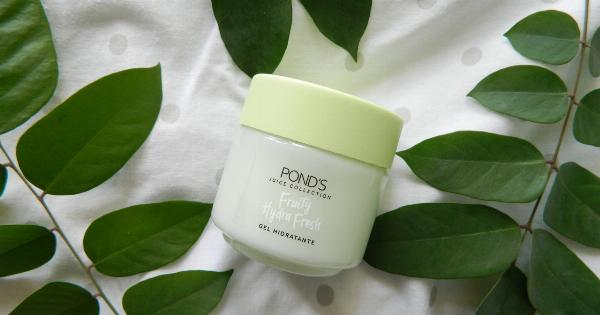Breaking a pimple on your face might seem like a quick fix to get rid of the pesky blemish, but it can actually lead to more problems.
While it may be tempting to pop that bothersome pimple, it’s important to understand what really happens when you do so. In this article, we will explore the effects of breaking a pimple on your face and why it’s best to avoid doing so.
What is a pimple?
Pimples, also known as acne, are skin conditions that occur when hair follicles become clogged with oil, dead skin cells, and bacteria. They often manifest as red bumps on the skin’s surface and can be quite frustrating and embarrassing.
Pimples can occur anywhere on the body, but they are most commonly found on the face due to the higher concentration of oil glands in that area.
The temptation to break a pimple
When a pimple appears, many people feel a strong urge to pop it. This urge stems from the desire to eliminate the blemish quickly. However, breaking a pimple is not a recommended solution, and here’s why.
What happens when you break a pimple?
When you break a pimple, you are essentially rupturing the skin and forcing the contents of the pimple out. While this may sound satisfying, it can have several negative consequences.
1. Infection risk
Breaking a pimple provides an entry point for bacteria to enter the open wound. Bacteria that were contained within the pimple can now spread to the surrounding area, increasing the risk of infection.
This can lead to further inflammation and potential scarring.
2. Inflammation and redness
Breaking a pimple can cause the surrounding skin to become inflamed and red. This is due to the trauma inflicted upon the skin during the process. The inflammation can make the pimple appear even more prominent and take longer to heal.
3. Scarring
When you break a pimple, you disrupt the normal healing process of the skin. This disruption can lead to the formation of scars. Scarring is particularly common if the pimple is squeezed too forcefully or if it is deep beneath the skin’s surface.
4. Spread of acne
Popping a pimple can result in the spread of acne to nearby areas of the face. This occurs when the bacteria or pus from the original pimple is transferred to other pores through touch.
It can lead to the formation of new pimples, creating a cycle that is difficult to break.
5. Delayed healing
Breaking a pimple can prolong the healing process. When the skin is ruptured, the body needs to repair the damage before it can heal the pimple.
Consequently, the overall healing time for the pimple and any resulting scars can be significantly lengthened.
How to properly treat a pimple
Instead of breaking a pimple, it is advisable to follow a proper skincare routine to effectively treat and manage acne. Here are some tips:.
1. Cleanse your face regularly
Wash your face twice a day with a gentle cleanser to remove excess oil, bacteria, and dead skin cells. Avoid harsh scrubs or cleansing brushes as they can irritate the skin and worsen acne.
2. Use non-comedogenic products
Opt for skincare and makeup products that are labeled as non-comedogenic. These products are specifically formulated not to clog pores, reducing the likelihood of acne formation.
3. Apply topical treatments
Use over-the-counter topical treatments containing ingredients like benzoyl peroxide or salicylic acid. These products can help to unclog pores, reduce inflammation, and kill bacteria associated with acne.
4. Consult a dermatologist
If your acne does not improve with over-the-counter treatments, it may be beneficial to seek guidance from a dermatologist. They can assess your skin condition and prescribe stronger medications or treatments tailored to your needs.
Avoid the urge to break
Resisting the temptation to break a pimple can be challenging, but it is crucial for maintaining healthy skin and preventing further complications. Remember that patience and a consistent skincare routine are key when dealing with acne.




























